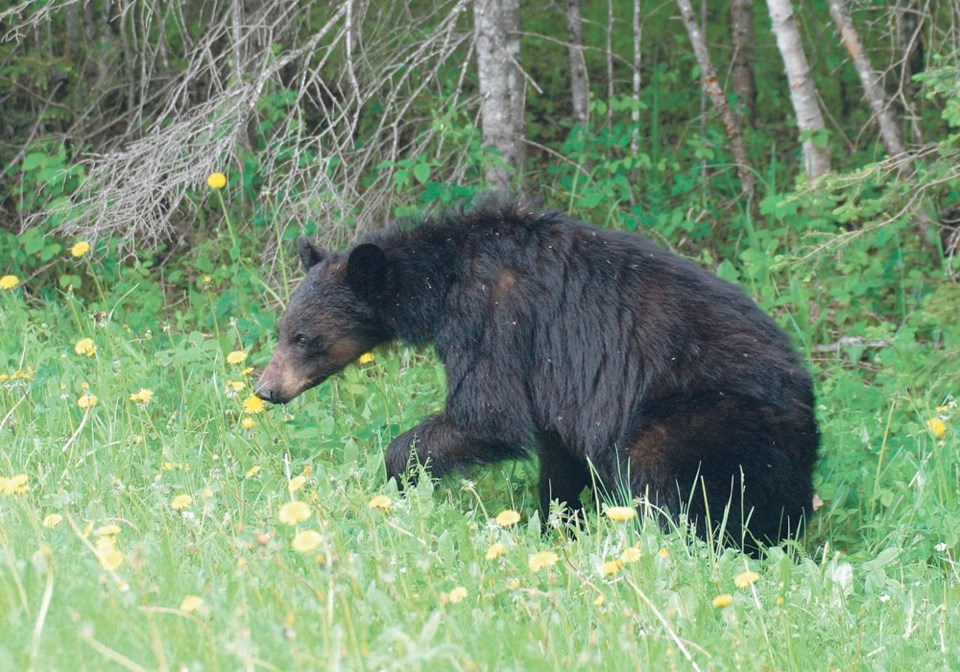To meet this threat, efforts have been launched around the globe to stop the decline.
However, these measures can often run into resistance, with the most common fault line found between conservationists and farmers.
Here at home, there was a lot of debate for years about the federal government’s efforts to pass the Species at Risk Act. Rural landowners demanded that such measures recognize how wildlife protection could affect the agriculture, forestry and oil and gas sectors.
Further from home, havoc is growing in Gabon over the success that country has had protecting its forest elephants.
Twenty years ago the African nation recognized that it had to do something to preserve this critically endangered species and decided to create 13 national parks, which cover 11 percent of its territory.
The ambitious plan has worked, by all accounts, but now the large animals are destroying farmers’ fields and threatening livelihoods. Solar-powered fences have successfully kept the marauders at bay on a case-by-case basis, but they’re not considered to be a practical solution for the entire country.
Violence has erupted as villagers protest their government’s actions, and it’s not clear what the country should do next.
The situation is a lot tamer in Canada.
We have also made efforts to preserve wildlife, but it never erupts into the kind of conflict that can occur in other parts of the world.
A good example is the effort that has been taken to find ways to live with large predators in the Alberta foothills.
Western Producer reporter Alex McCuaig recently wrote about what organizations such as the Waterton Biosphere Reserve are doing to help livestock producers keep their animals safe while at the same time allowing bear, cougar and wolf populations to remain healthy.
Much of the focus is on encouraging producers to adopt management changes on their operations that make it harder for predators to commit mischief.
Sure, some producers are likely going to grumble that they shoulder too much of the burden when it comes to preserving these predator species, but no one — as far as I can tell — is suggesting we kill every last bear on the Eastern Slopes.
And that’s a good thing.




